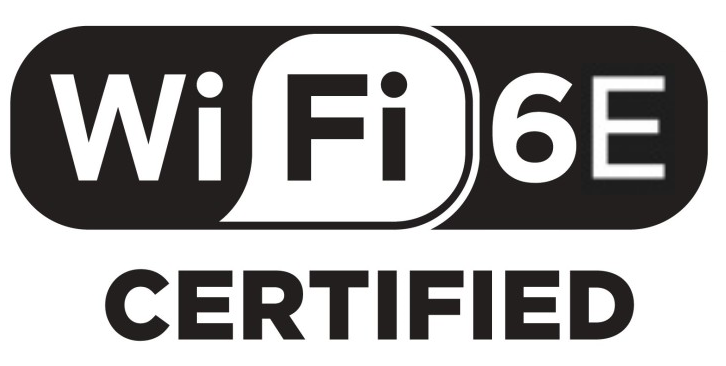While the IEEE 802.11 standard defines the Wi-Fi standard, the Wi-Fi Alliance is an industry group that also helps to define these technologies. This group is responsible for the ‘Wi-Fi CERTIFIED’ program which ensures interoperability between devices regardless of their vendor. The internet of things (IoT) is becoming more prevalent in our everyday lives and within industrial settings, and this is driving the demand for more secure, efficient, and reliable connectivity methods. As customers ask for higher capacity and lower latency Wi-Fi, the community is pushing to adopt new capabilities and features to support these requests.
The next generation is called Wi-Fi 6, based on the 802.11ax standard, and it provides a variety of features such as ‘orthogonal frequency division multiple access’ (OFDMA) which improves performance in dense environments so devices can divide the spectrum allowing for a more consistent and deterministic network experience. For example, smaller packets can still be transmitted while larger packets for video streaming are unaffected.
‘Target wake time’ (TWT) is another feature of Wi-Fi 6 that allows connected devices to determine how frequently they should awake and transceive data. Basically, access points can now increase a device’s sleep time thus extending battery life and lowering consumption. This is imperative for smart and IoT devices which are required 24 hours a day, but don’t need to always be on.
Used in conjunction with the Wi-Fi Alliance’s ‘HaLow’, IoT devices remain power-efficient. HaLow provides long-distance, speed, low-power, penetration, and security features that other technologies do not. This technology supports higher throughput at ranges up to a kilometre while consuming a low amount of power and maintaining performance.
The alliance has also expanded their ‘CERTIFIED’ program to help optimise networks that are experiencing a rapid growth in the number and type of devices connecting to personal and corporate networks. For example, 1 certification is provided for those devices that improve mobility when roaming between networks. Other optimisations focus on QoS management or helping providers and network managers manage complex networks with more secure, efficient, and smart Wi-Fi networks.
In the most demanding wireless network environments, Wi-Fi 6 provides users the coverage, capacity, efficiency, and performance that is required as more devices are connected to our networks. The features of this next generation technology will only continue to grow in demand as out homes and offices become more connected through smart devices.


No comments:
Post a Comment